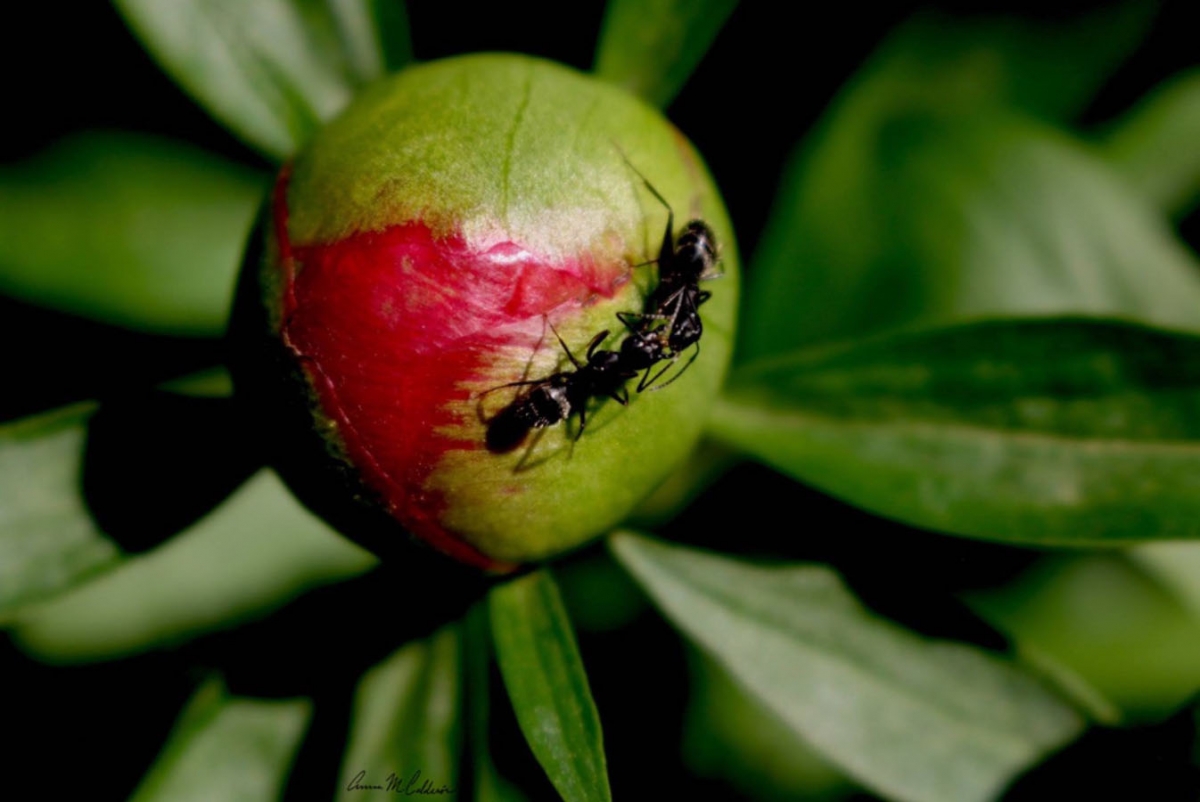You are here
Coding the Future (of Ants)
What if you could see into the future? Perhaps you are interested in knowing where your favorite animal or plant may be located fifty or one hundred years from now. It might be difficult to imagine what the world would look like, but species distribution models attempt to do just that.
A species distribution model (SDM) is a method used to produce maps that attempt to predict where a species might occur in the future based on environmental factors that govern its current location. SDMs are powerful tools which have a wide range of applications: for conservation purposes, to predict where invasive species are likely to spread, and even to predict and prevent the spread of infectious diseases. For example, malaria is predicted to spread north in the United States due to climate change. If our models underestimate how far north malaria will spread, then we could find ourselves in deep trouble. If we overestimate, we might instill unnecessary panic into the public.
Although these models are great tools, many SDMs pretend that every single individual in a species is genetically identical. But not every individual or population is the same, and therefore it's unlikely that they'll respond exactly the same way to changing environmental conditions. For example, some populations of a species might tolerate warm conditions better, while others might better tolerate colder conditions. If we don’t include genetic variability in our models, then we run the risk of overestimating or underestimating future distributions of a species. And as the malaria example illustrates, bad estimates can have serious consequences.
This summer, under the guidance of postdoctoral scholar Matthew Lau, I am working on making conventional SDMs more accurate by including genetic variability in an SDM for a species of ants called Aphaenogaster picea. Aphaenogaster picea is a useful test species since it's a local ant species and the data is of a manageable size. We plan to cluster our individual ants into populations that are genetically similar. We will then run model simulations on each of our clustered populations and illustrate how each population might have different distributions under climate change scenarios, despite being in the same species.
Ultimately, my goal this summer is to compare the two kinds of models—conventional SDMs and SDMs that account for genetic variability—to determine which one is better at predicting where species will be. We also hope that our project will inspire other researchers to incorporate genetics into their models as well!



